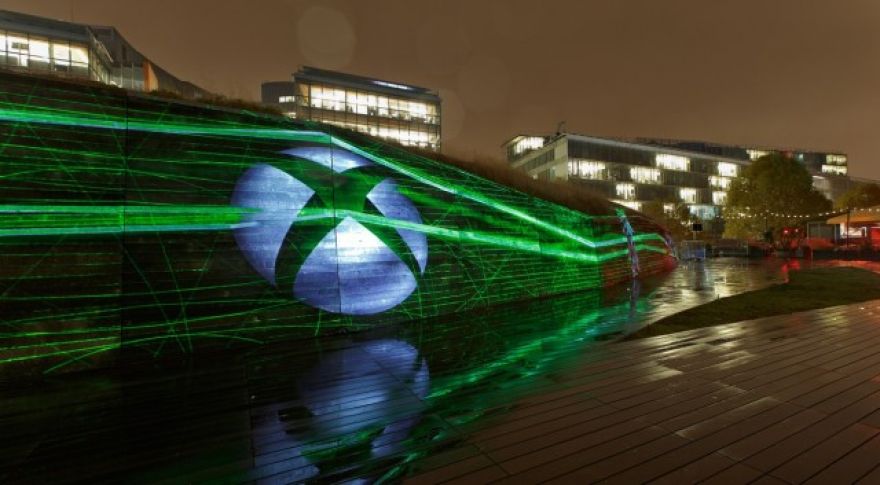
Developer confirms Xbox One VR is coming, but how powerful is the console likely to be?
An anonymous European developer has confirmed that a major European studio is working on a VR title for the Xbox One upgrade currently expected in 2017. Microsoft is expected to announce the new console at E3 this year, and the new title will likely debut there as well.
Microsoft intends to work with Oculus Rift to support VR rather than building its own in-house solution, to Ars Technica. At this stage in the game that’s probably wise; VR headsets historically take several years to develop and the new Xbox One (Xbox 1.5? Xbox Two? Xbone Xtreme?) will already be hitting markets behind PlayStation VR and the PlayStation 4K / 4.5 / Neo.
How will Microsoft upgrade the Xbox One?
If rumors are true, Sony’s is a straightforward update with an improved GPU architecture, a faster CPU clock, and faster GDDR5 memory. Microsoft, in contrast, may have to make some tough choices about the future of its platform.
The Xbox One’s current design combines four DDR3-2133 channels with a 32MB SRAM cache. Main memory bandwidth is 68GB/s, while the SRAM cache provides 109GB/s. The SRAM cache is dedicated entirely to the GPU, , and its designed to alleviate pressure on main memory. Some developers have complained that the SRAM is too small to allow for 1080p; a faster, larger SRAM cache could prove extremely beneficial to the platform.
Xbox One SoC block diagram. The 32MB of ESRAM (four blocks of 8MB) is at the bottom.
According to the presentation linked above, the CPU on the Xbox One is incapable of saturating the quad-channel DDR3-2133 memory bus, while the GPU can easily saturate it. This causes significant problems for the CPU clusters, which is why Microsoft recommends that the GPU use SRAM as much as possible.
If Microsoft wants the next generation of Xbox One to run VR titles, it’s going to need a much larger pipe for the GPU. Theoretically the company could redesign its main memory bus and upgrade it to DDR4-3200, but that only works if it can also ensure the CPU doesn’t become memory starved. DDR4-3200 only offers ~102.3GB/s of memory bandwidth. While that’s 50% more than the current Xbox One, it’s not nearly enough to feed a modern midrange GPU, which is what we expect an updated Xbox One to target.
Microsoft has two basic choices: It could redesign the console to use GDDR5 or HBM, thereby solving the bandwidth problem, or it can double down its SRAM cache. The second choice would seem to preserve backward compatibility more easily, so it’ll be interesting to see where Microsoft goes from here.